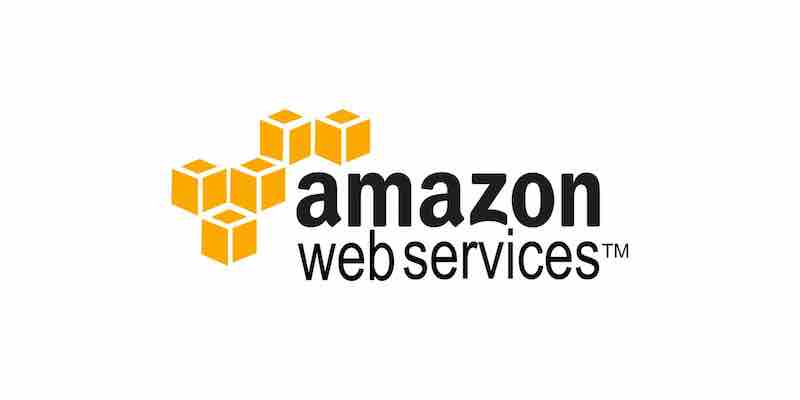A Guide to AWS CodePipeline

As technology advances unprecedentedly, software delivery becomes more complex and challenging. In response, Amazon Web Services (AWS) developed CodePipeline, a powerful and fully managed continuous integration and continuous delivery (CI/CD) service. In this article, we will delve into the history, features, benefits, drawbacks, and alternatives of AWS CodePipeline. We will also explore the diverse usage areas and provide real-world examples of how this service streamlines the software development process.
Overview of AWS CodePipeline
AWS CodePipeline was launched in June 2015 as part of the AWS DevOps toolset. With the increasing demand for automation and continuous delivery, CodePipeline was introduced to address the evolving needs of developers and DevOps teams. Over the years, it has become an integral component of AWS’s CI/CD offerings, enabling seamless and automated software delivery across various environments.
AWS CodePipeline is a continuous integration and delivery service that automates software release processes’ build, test, and deployment phases. It facilitates the smooth delivery of code changes from source repositories to production environments, ensuring a fast and reliable deployment pipeline.
Why Do We Use AWS CodePipeline?
| Streamlined Software Delivery | AWS CodePipeline automates the entire software delivery process, eliminating manual intervention and reducing the risk of errors. This streamlining allows teams to deliver new features and updates more frequently. |
| Faster Time-to-Market | By accelerating the CI/CD process, CodePipeline enables companies to rapidly deliver new features and bug fixes to end-users. This speed-to-market can provide a significant competitive advantage. |
| Consistent and Reliable Deployments | CodePipeline ensures consistent and reliable deployments by automating the process, reducing human error, and enhancing the overall stability of applications. |
| Flexibility and Customization | AWS CodePipeline is highly configurable, allowing teams to tailor the pipeline to specific project requirements, technologies, and preferred tools. |
Features and Benefits of AWS CodePipeline
Below is a table summarizing the key features and corresponding benefits of AWS CodePipeline:
| Features | Benefits |
|---|---|
| Fully Managed Service | No need to manage infrastructure, ensuring low overhead |
| Continuous Integration (CI) | Automatically builds and tests code changes |
| Continuous Delivery (CD) | Automates deployment to production environments |
| Multi-Region Deployments | Enables global application rollouts |
| Artifact Support | Works with various repositories and artifact stores |
| Integrations with AWS Services | Seamlessly integrates with other AWS tools and services |
| Customizable Pipeline | Adaptable to meet specific project needs |
Competitors-Alternatives to AWS CodePipeline
While AWS CodePipeline offers a robust CI/CD solution, alternative tools are available. Below is a comparison table of some competitors and alternatives to AWS CodePipeline:
| Tool | Features | Drawbacks |
|---|---|---|
| Jenkins | Open-source, extensive plugin ecosystem | Requires additional setup and maintenance |
| GitLab CI/CD | Integrated with GitLab, easy setup | Limited scalability for larger projects |
| CircleCI | Cloud-based, simple configuration | Pricing may be prohibitive for some organizations |
| Travis CI | Easy integration with GitHub, quick setup | Minor support for private repositories |
Drawbacks of AWS CodePipeline
While AWS CodePipeline offers numerous benefits, it’s essential to consider potential drawbacks:
- Cost Complexity: The costs associated with CodePipeline’s usage may increase significantly for larger projects.
- AWS Ecosystem Dependence: CodePipeline is tightly integrated with AWS services, which might limit its applicability for organizations using other cloud providers.
- Learning Curve: The initial setup and configuration of CodePipeline may require some learning and expertise.
Usage Areas and Real-World Examples
AWS CodePipeline can be utilized in various scenarios, including:
- Web Application Deployment: CodePipeline automates the build and deployment of web applications, ensuring they are promptly delivered to users.
- Microservices Architecture: For projects adopting a microservices architecture, CodePipeline facilitates efficient CI/CD pipelines for each service.
- Mobile App Deployment: CodePipeline streamlines the deployment of mobile applications across different platforms and app stores.
- Infrastructure as Code: Teams can use CodePipeline to automate the deployment of infrastructure resources using tools like AWS CloudFormation.
Real-World Examples:
- A tech startup uses AWS CodePipeline to deploy updates to its web application continuously. This enables them to iterate based on user feedback and market trends rapidly.
- An e-commerce giant leverages CodePipeline for its microservices architecture, ensuring that each service is independently tested and deployed, resulting in a highly resilient system.
- A mobile gaming company utilizes AWS CodePipeline to automate the release of new game versions across various app stores, efficiently reaching millions of players worldwide.
AWS CodePipeline is a game-changer in the world of continuous integration and continuous delivery. It streamlines software delivery processes, reduces time-to-market, and ensures the reliability of deployments. While considering alternatives and drawbacks is essential, CodePipeline’s seamless integration with other AWS services and its configurability make it a strong choice for organizations seeking a reliable CI/CD solution. By adopting AWS CodePipeline, development teams can elevate their software delivery practices, achieve faster feedback cycles, and stay ahead in today’s competitive digital landscape.